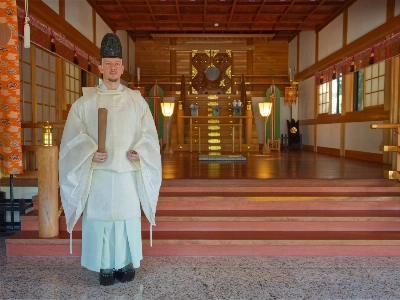Skeletons in fancy dress fight over a corpse with brushes and mops. Women wearing nothing but pink bows and dreamy smiles trail through classic courtyards, while mountains crumble at their feet. "From Ensor to Delvaux," is a glimpse into the weird and wonderful world of 20th century Belgian art. The paintings by Ensor, Spilliaert, Permeke, Magritte and Delvaux span a remarkable century, dating from 1880, when modern art was born. All but one abandoned reality to explore emotions, dreams and the dark corners of the mind. And while there are crossovers, five distinct personalities emerge.
James Ensor (1860-1949), was perhaps the strangest of all. He was born in the seaside resort of Ostend, where his parents had a souvenir shop, selling oriental novelties and masks. Abandoning his early seascapes and interiors, which were rejected by the Brussels Academy, he developed a unique, defiant style: a kind of comic grotesquerie, with masked figures, that was partly influenced by the caricatures of Honore Daumier. Often, as in "Death and the Masks" of 1897, he sets his figures in a row, which increases their Punch and Judy, puppet-like vitality.
His bitter sallies at hypocrisy are horridly amusing, as in "At the Conservatory." In this piece ugly singers screech songs from Wagner's "Valkyries," while bouquets, carrots, fish and a skinny cat rain down on their heads.


















With your current subscription plan you can comment on stories. However, before writing your first comment, please create a display name in the Profile section of your subscriber account page.